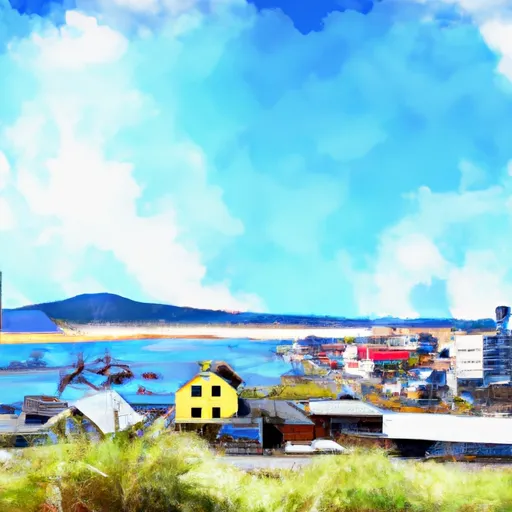°F
°F
mph
Windspeed
%
Humidity











Waldport, Oregon is a charming coastal town located on the central coast of the state. Known for its mild and temperate climate, Waldport experiences cool summers and mild winters. The average temperature ranges from 45°F (7°C) in winter to 65°F (18°C) in summer. Rainfall is evenly distributed throughout the year, with approximately 80 inches (203 cm) falling annually.
Situated on the Alsea Bay and Alsea River, Waldport offers a plethora of hydrological opportunities. The town is surrounded by stunning waterways, making it an ideal destination for fishing, crabbing, clamming, and boating. The Alsea Bay and River are teeming with various fish species, including salmon and steelhead, attracting anglers of all levels.
Outdoor enthusiasts will find plenty of recreational activities to enjoy in Waldport. The nearby coastal beaches provide opportunities for beachcombing, kite flying, beach bonfires, and stunning sunset views. Nature lovers can explore nearby state parks, such as Governor Patterson Memorial State Recreation Site and Beachside State Recreation Site, which offer hiking trails, picnic areas, and camping facilities.
In summary, Waldport, Oregon, offers a pleasant climate, abundant hydrological constituents, and a range of outdoor recreation opportunities, making it a haven for nature enthusiasts and those seeking coastal adventures.
Weather Forecast
Waldport receives approximately 1816mm of rain per year, with humidity levels near 72% and air temperatures averaging around 11°C. Waldport has a plant hardyness factor of 9, meaning plants and agriculture in this region tend to thrive here all year round.
Regional Streamflow Levels
37,000
Cubic Feet Per Second
5,000
Cubic Feet Per Second
10,500
Cubic Feet Per Second
2,240
Cubic Feet Per Second
Nearby Camping
| Camping Area | Reservations | Toilets | Showers |
|---|---|---|---|
| Blackberry | |||
| Alder Dune | |||
| Washburne Memorial State Park | |||
| Rock Creek - Yachats | |||
| Tillicum Beach | |||
| Cape Perpetua |



